The Tesla Supercharger might sound like a performance upgrade for one of its range of increasingly popular EVs, but it’s actually the name given to the brand’s public charging devices.
These DC rapid-chargers are a huge part of Tesla’s appeal, forming a large network that allows drivers to travel further and faster than with almost any other EV.
Unlike other EV manufacturers, Tesla has invested as heavily in the charging infrastructure as it has its cars, making the ownership proposition much more appealing for many – particularly those new to electric cars.
Yet what exactly are these Superchargers and how do they work? Read our in-depth guide and all will be revealed.
What is the Supercharger network?
Perhaps more than its cars, it’s Tesla’s Supercharger network that's the key to its incredible success over the last decade or so. While other brands choose to simply build EVs and let others worry about the supporting charging infrastructure, Tesla has taken a more joined-up, one-stop-shop approach by constructing its own network of chargers to service its customer’s cars.
Tesla bosses knew that EVs would struggle to catch on due to the inevitable range anxiety: that feeling of dread that you’re going to run out of charge on the road. So to ease people’s fears, it started building numerous own-branded Supercharger sites on major routes to allow people to top-up their cars' batteries quickly and easily, as well as undertake the sort of lengthy trips that until then were the preserve of ICE cars.
The first Superchargers appeared in the US in 2012, when Tesla unveiled six sites across its native state of California. Since then, the network has grown to more than 35,000 chargers globally, with over 20,000 in the US and 10,000 in Europe, with more than 900 of those in the UK. Each location has numerous chargers, which in Britain currently means anything between four and 12 units, each capable of charging two cars.
The popularity of the network has been further boosted by some venues having handy features such as free wi-fi, allowing drivers to stay connected and carry on with business while topping up their cars. A few locations also have solar panels for lower-emissions charging, complete with on-site batteries that store unused energy collected from the sun. Tesla plans to roll out more of these solar-powered Superchargers over the coming years.
Currently, all Superchargers can only be used by Tesla cars, which for many owners is a huge part of their appeal. As one of the largest individual charging networks on the globe, it gives Tesla drivers almost unrivalled access to charging points, with more availability per car than any other network.
What is a Supercharger?
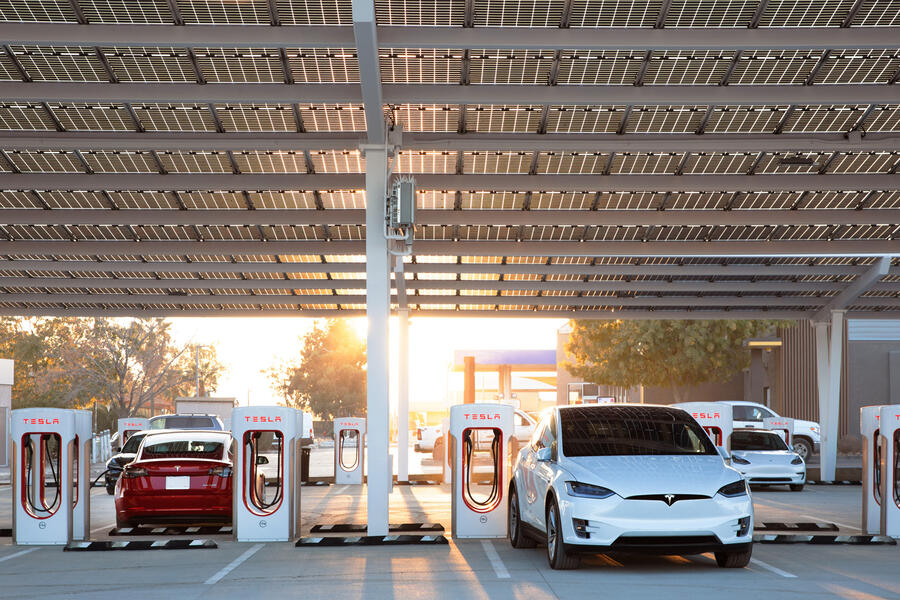
The individual Supercharger is what you plug your car into when you want to top up its cells. Each unit has two charging cables, which in the UK and Europe use either Type 2 (Model S and Tesla Model X) or Combined Charging System (CCS) (Tesla Model 3 and Model Y) plugs. Initially, these were the V2 units that delivered 120kW charging, but these are now being upgraded to 150kW. Increasingly common for the latest V3 versions that can provide up to 250kW and use the CCS plug.
Unlike with rival networks, every Supercharger is capable of DC rapid-charging. This is because the network has been envisaged to allow EVs to travel long distances with similar ease of refueling as an ICE car, meaning drivers only need to stop for a relatively short time before resuming their journey. For example, plug in a Model 3 using a V3 charger and you can add 200 miles of range in just 15 minutes – enough time to grab a drink and snack, or nip to the toilet.
There is, however, a caveat to this, because if two Teslas are plugged into one unit, the charge has to be shared between the two of them, which means slightly slower charging time. That said, with at least four Superchargers (eight cables) at each site, you’re unlikely to have to share, and at most sites there are at least double this number of chargers.
Something else to bear in mind is that in the UK and Europe all the V3 Superchargers use the CCS plug, rather than the earlier Type 2. Essentially, this means they can be accessed only by a Model 3, plus any Model S and Model X built after May 2019, both of which get a special adapter. Early cars can be updated, however, with Tesla charging £280 to retrofit the necessary hardware and software.
Where can you find a Supercharger?
In the UK, most Supercharger sites are found at existing service stations, both on motorways and trunk roads. They tend to be placed at intervals that will allow you to cover most long distance trips around the country. These locations also give drivers access to useful amenities, such as toilets, cafés and shops.
Finding a Supercharger is straightforward, because every location is programmed into a Tesla car’s onboard sat-nav system, and over-the-air software updates mean that you never miss out on any new additions. On top of that, the company’s smartphone app provides route-finding details and information as to how many chargers at each site are currently in use.
How do you use a Supercharger?
As with most public charging points, using a Supercharger is pretty much simplicity itself. In fact, it’s arguably easier, because there’s no need to set-up and authorise a payment method like other pay-as-you-go units. Because these chargers are available exclusively to Tesla cars, you simply pull up and plug in. Once your Tesla is tethered, it will communicate briefly with the Supercharger and, if all is well, the light surrounding the car’s charging point will glow green to indicate that electricity is flowing.
Once the car is charging, you can monitor progress using Tesla's smartphone app. When the battery is full or you’ve met your pre-programmed limit (80% is normally recommended for speed of charging and for the health of the cells), you will be sent a notification. You can also use the app to precondition the car for your return, cooling or heating the cabin depending on the weather conditions.
A further neat feature of the app is that it will alert you when you have enough charge to complete your journey. So if you plot your route into the sat-nav, it will calculate the amount of energy required to get to your destination and let you know when you have enough, minimising the time you have to spend charging when you’re in a hurry.
How much does it cost to use a Supercharger?
Now this is where it becomes a little bit trickier. When the Supercharger network was first rolled out, one of its biggest selling points, convenience aside, was the fact it was free to use. Simply buy a Tesla car and you would have access to the brand’s charging stations at no extra cost. There was no limit on kWh used or frequency of visits, just plug in and pay nothing.
However, as Tesla’s cars became more popular and the investment in its Supercharger network became greater, the costs started to mount up for the firm, so in 2017 it pulled the plug on free charging. Essentially, Tesla cars registered after April 2017 currently pay 28p per kWh to use a Supercharger, while those bought before this date continue to benefit from free charging, even after an ownership change. That’s fairly cut and dry then. Well, not quite.
Many owners weren’t happy at the change, so to placate them, Tesla offered a referral scheme that encouraged existing drivers to recommend buying one of the firm’s cars to a friend. When a prospective buyer made a purchase, they handed over a code that entitled both them and the person who had referred them to free Supercharging for life.
Yet such was the success of this scheme that Tesla reduced the offer to 1000 free miles per year (represented as cash credits on your Tesla account), which works out at about 400kWh. And while those pre-2017 cars can transfer their free charging rights to future owners, any cars registered after this date have the referral credits available to only the first owner.
Confused? Yes, so are we. But that’s not all, because even those cars with free Supercharging for life can’t access this benefit if they’re being used as business vehicles, which often clock up larger mileages. For example, a private hire firm based around Gatwick Airport racked up more than 900,000 miles over three years with its trio of Model S cabs.
That said, billing is straightforward once you’ve set up your account on the Tesla app, with no need to register a payment card every time you roll up to a new charger. Simply plug in and the software does the rest, automatically billing you when you’ve finished using the charger.
That said, a further cost to be aware of are the idle fees, which kick in when a car has reached its maximum charge but remains parked in a Supercharger bay. You get a five-minute grace period and an alert will be sent to your phone to tell you your charging time is up, but ignore both of these and you will be charged 50p per minute to park there. If the charging hub is busier (anything over 50% occupancy), this figure jumps to £1 per minute.
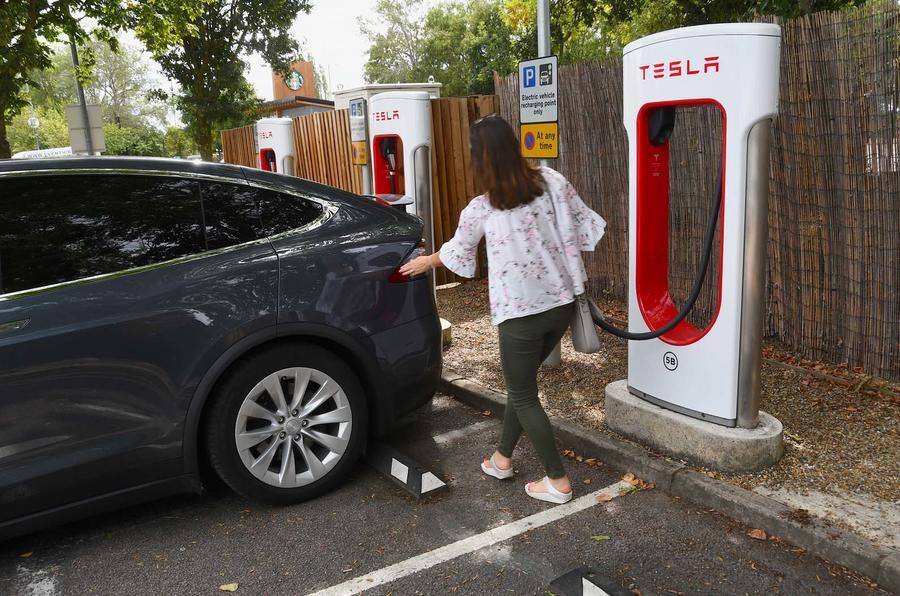
Who can use a Supercharger?
At the moment, the Supercharger network is available only to those driving a Tesla. Tesla boss Elon Musk recently suggested that owners of other EVs could soon be able to access the network, although nothing concrete has been decided. Obviously, if you have a Tesla, you can also use other charging stations if you wish, such as Ionity and BP Pulse, as they all use the same CCS plug.
What is a Destination Charger?
As the name suggests, Destination Chargers are found at locations that tend to be at your journey's end and are used for either for a few hours or overnight. Typically installed at hotels, restaurants and shopping centres, they allow for charging to take place while the owner of the car is off doing something else.
Unlike the Superchargers, they tend to be free to use for all Tesla cars, but they add electricity at a much slower rate: usually between 7kW and 22kW. Essentially the same as domestic wallboxes, they're better suited to longer charging periods of at least a few hours. And while a Destination Charger will cost nothing to use, you will have to be a customer of the business at which it's installed to gain access.
All Destination Chargers use a Type 2 cable, meaning all Tesla cars are compatible with them. At most locations, the company has also installed at least one charger that can be used by other EV brands. Marked with an ‘electric vehicles’ sign rather than a Tesla logo, it does without the software that usually restricts the flow of electricity if it detects a non-Tesla vehicle.

Can I have a Supercharger at home?
While the idea of your own Supercharger looks great on paper, you’re not likely to be able to have one any time soon. Even if Tesla were willing to sell you a unit, you would be looking at a price of around £50,000, and that’s before you’ve factored in installation costs. What’s more, Superchargers rely on 480V DC wiring, which is far in excess of the UK's single-phase 230V domestic supply. Then there’s the fact that frequent rapid-charging is bad for the lithium ion cells, degrading their efficiency at a much faster rate than slow or rapid charging.
For home use, there’s the Tesla Wall Connector, which, like other wallbox chargers, runs at around 7kW. That means that a full charge of a Model 3 will take around 12 hours, meaning it's perfect for plugging in overnight for a full battery the following morning.
Better still, the Wall Connector is configured to run on three-phase electrics, too, meaning it can run up 22kW if you uprate your home’s electrical circuits, reducing charging time to about six hours.

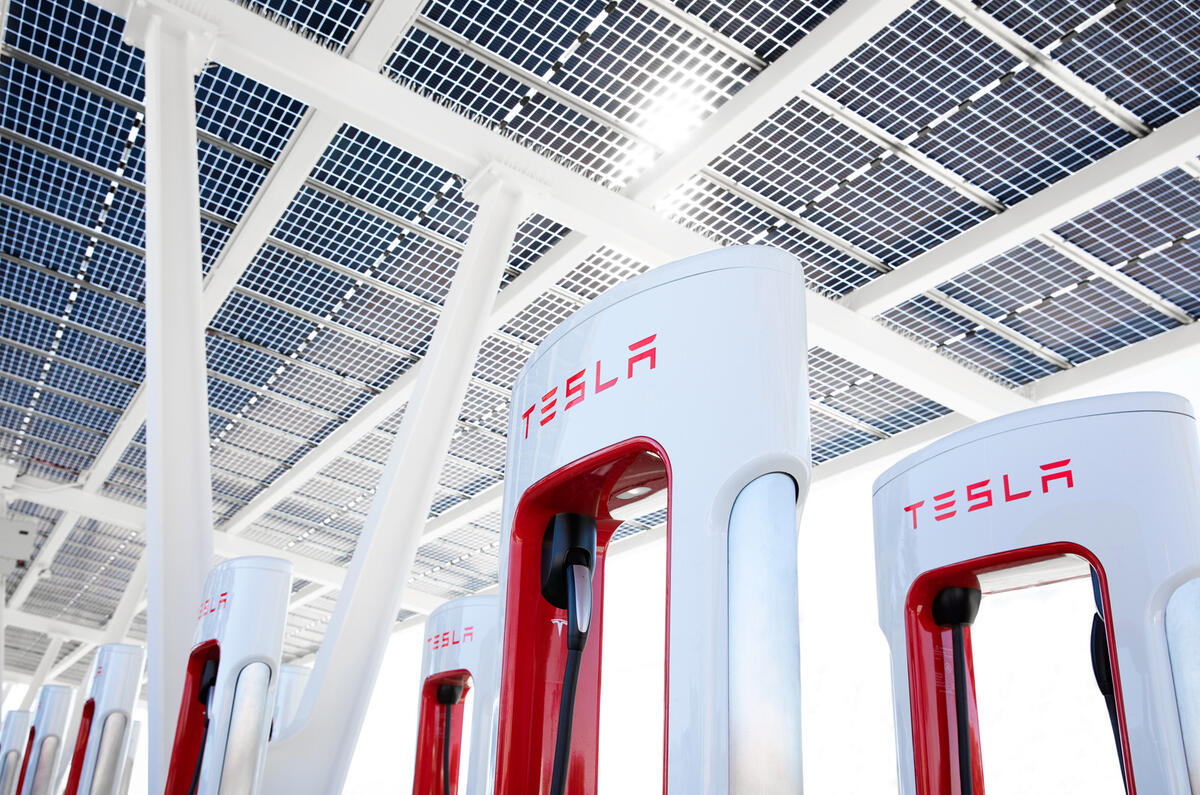

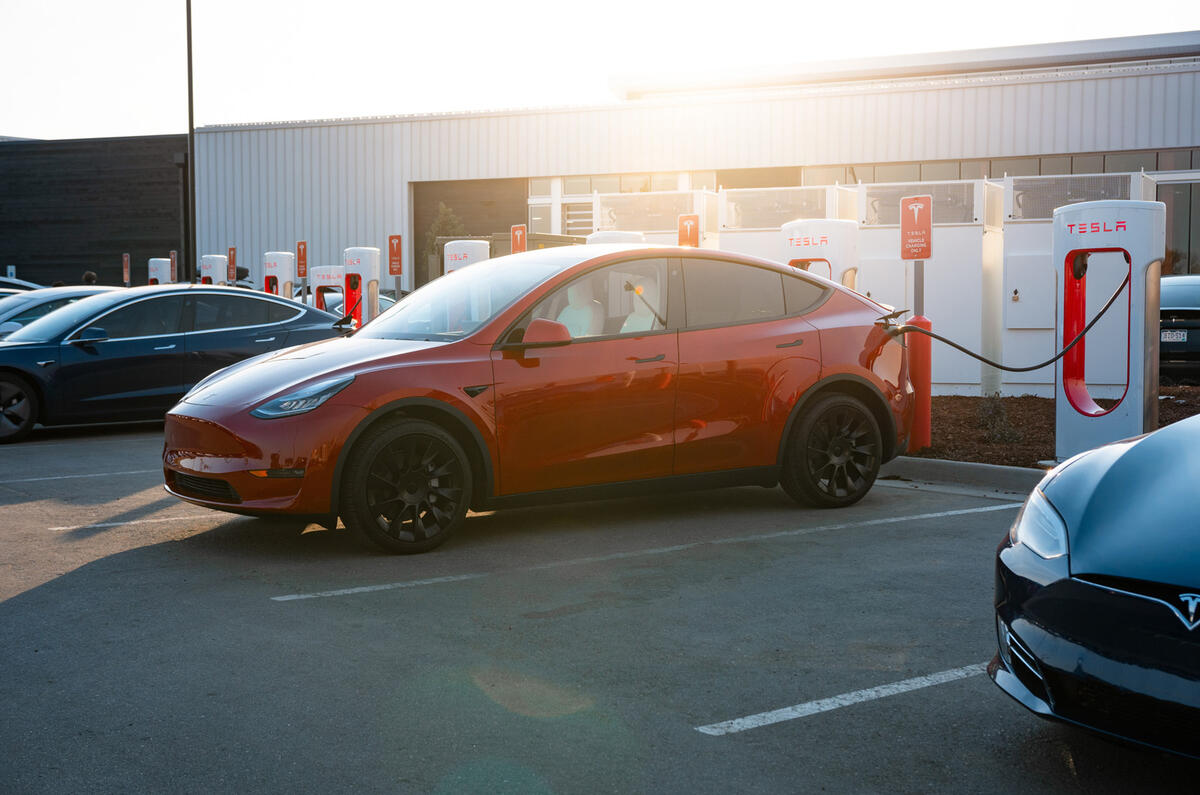
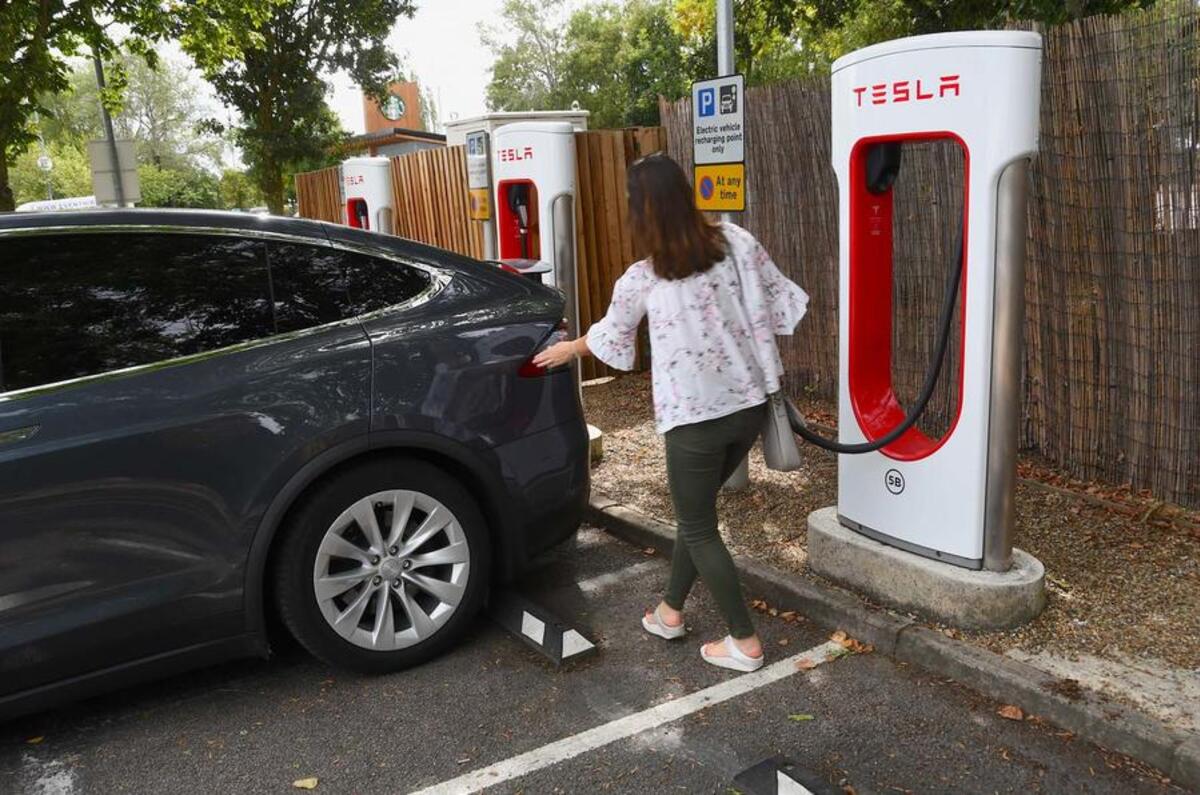
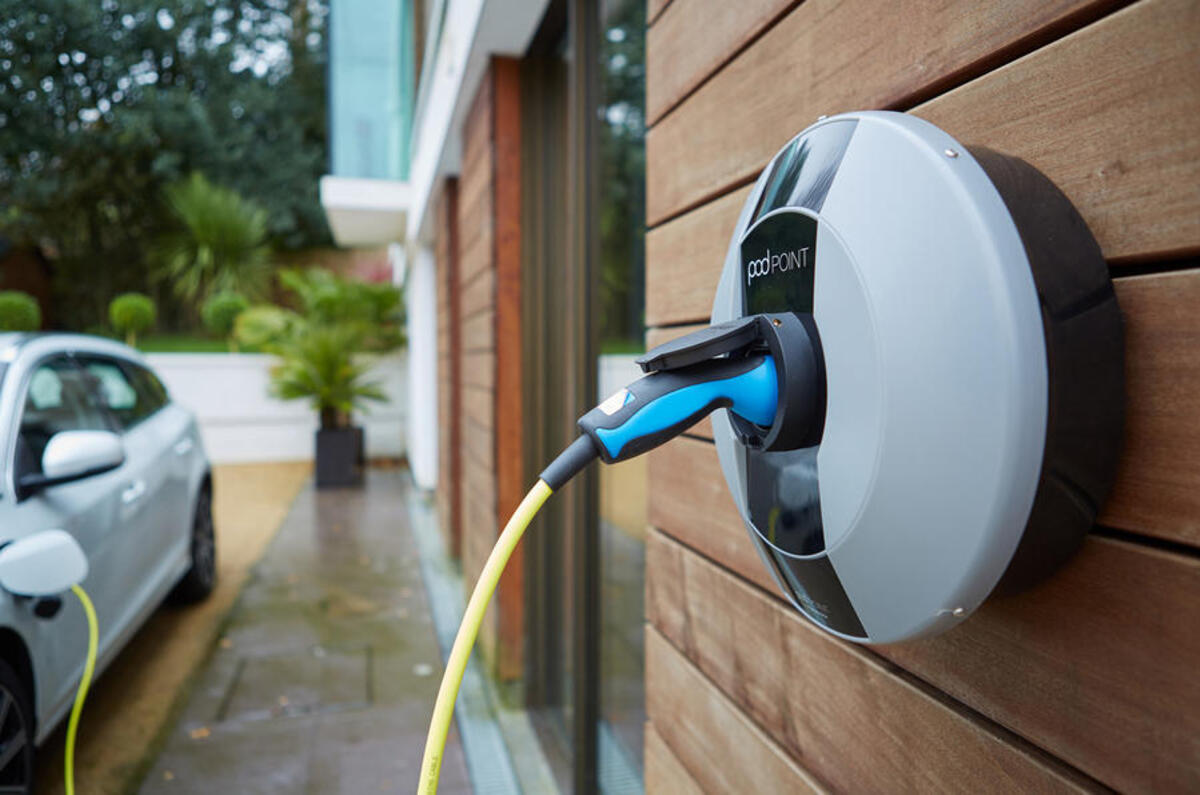
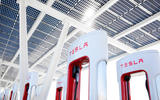
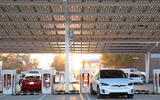
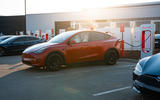
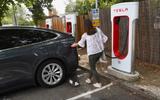
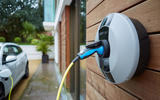

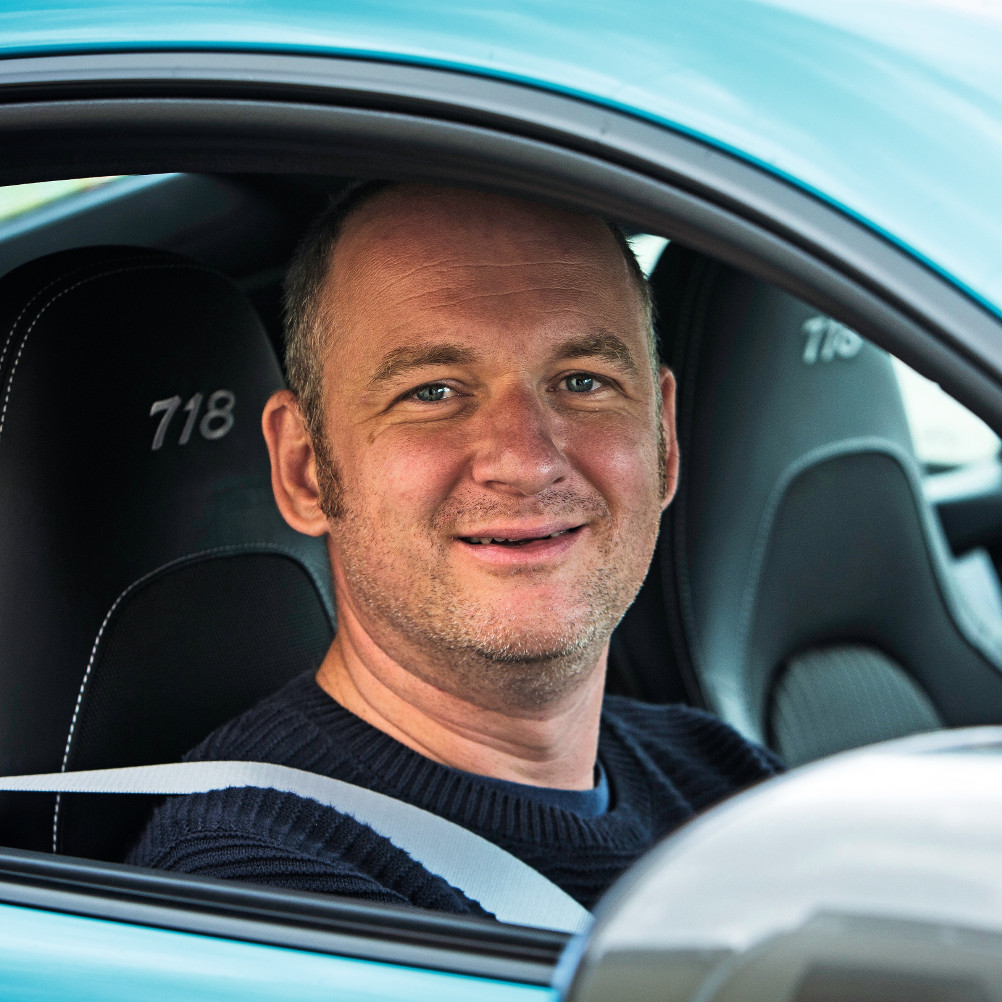



Join the debate
Add your comment
£40K is still a lot for a two year old car like this, it's a family car, not a sports car.